Images like Snowshoe Maker by Huron-Wendat artist Zacharie Vincent (1815–1886), capture scenes that photography at the time was unable to record: except in professional studios, interior lighting was usually inadequate. Vincent’s work, by bearing witness to the actual conditions of working people, becomes part of an important documentary tradition. In addition, images like this, of Indigenous craftspeople in a domestic setting, were a powerful counter-argument to the assumption that Indigenous people lived exclusively in nature.

Zacharie Vincent, Snowshoe Maker, n.d.
Graphite and wash on paper, 23 x 30 cm, Château Ramezay, Montreal
Snowshoe making had been practised for centuries by the nomadic and semi-nomadic peoples of the North, who lived in territories criss-crossed by a vast network of lakes and waterways. The snowshoe became a symbolic object, representing not only the deep territorial roots of Indigenous culture but also the adoption of Indigenous customs by the European colonists.
Throughout the nineteenth century snowshoes were an indispensable part of the equipment of soldiers, prospectors, surveyors, and railway builders. After 1840 they experienced a burst of new popularity thanks to the appearance of snowshoers’ clubs. Indigenous snowshoe makers did their best to keep up with the rising demand, but what had been a small artisanal trade practised by individual craftspeople who made and sold their own goods now developed into an industry, with specialization of tasks. The artisans of Vincent’s village of Jeune-Lorette, in what is now the Wendake Reserve near Quebec City, had a large share of this market. Adapting traditional methods to the new realities, they began to work with new, more sophisticated tools, in the comfort of their own homes.
This Spotlight is excerpted from Zacharie Vincent: Life & Work by Louise Vigneault.
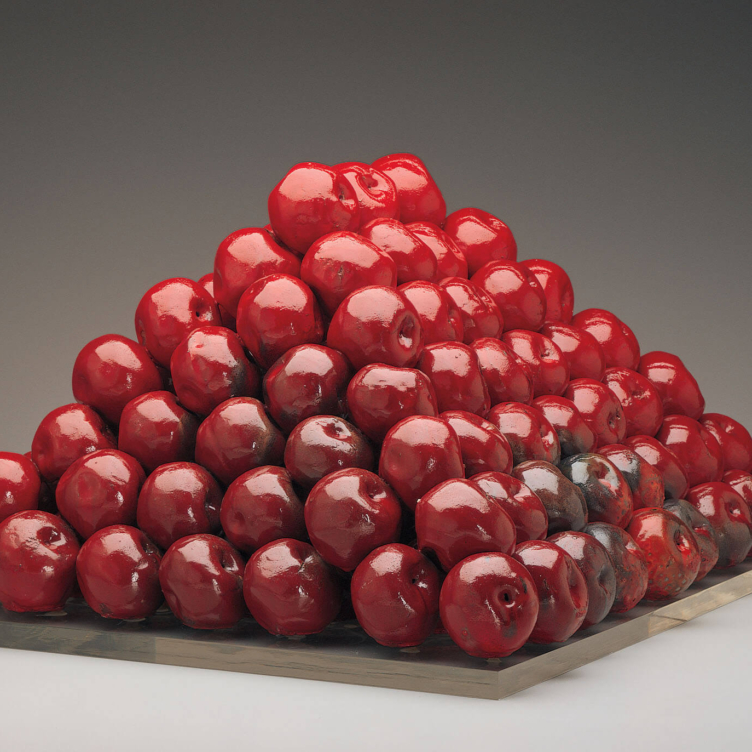 Pyramid Scheme
Pyramid Scheme
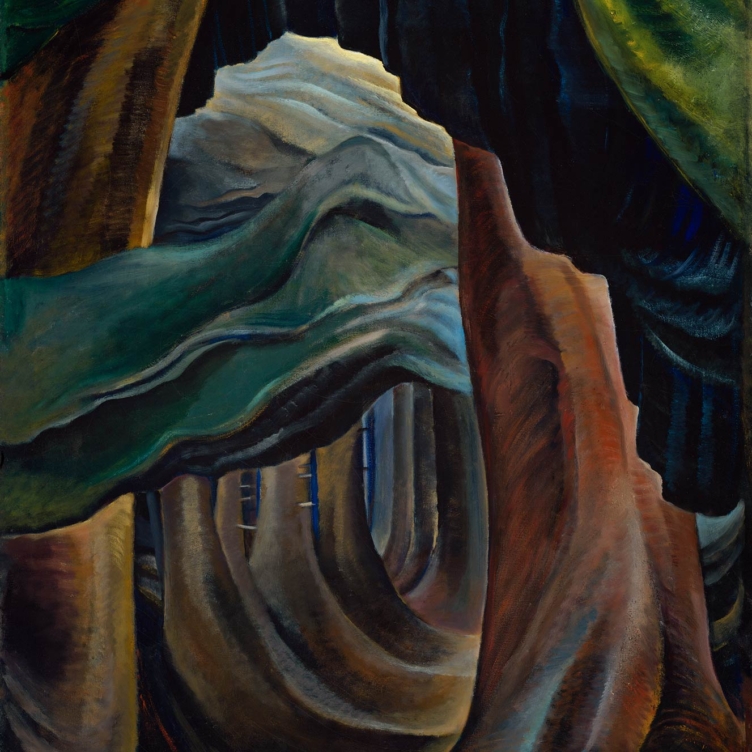 Transportive Trunks
Transportive Trunks
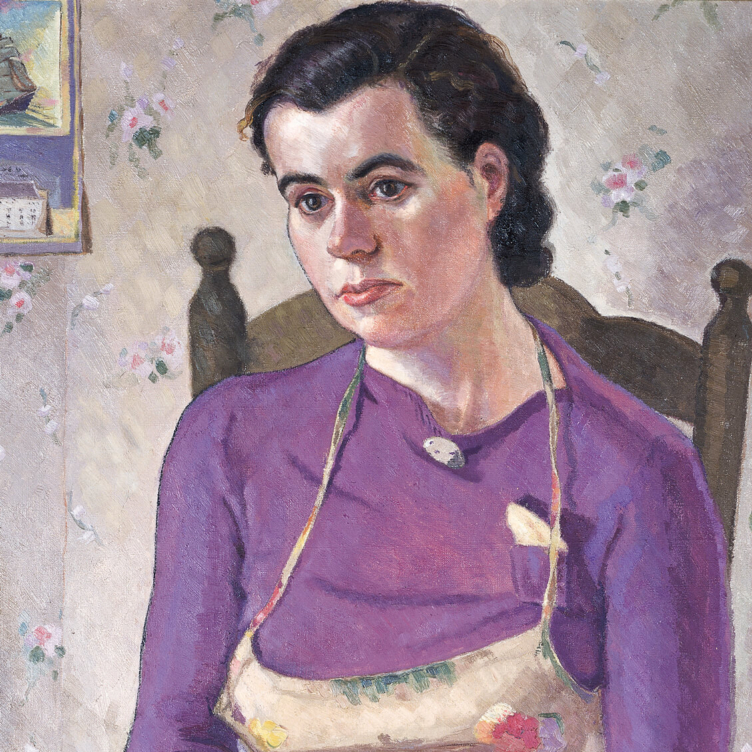 The Military Mate
The Military Mate
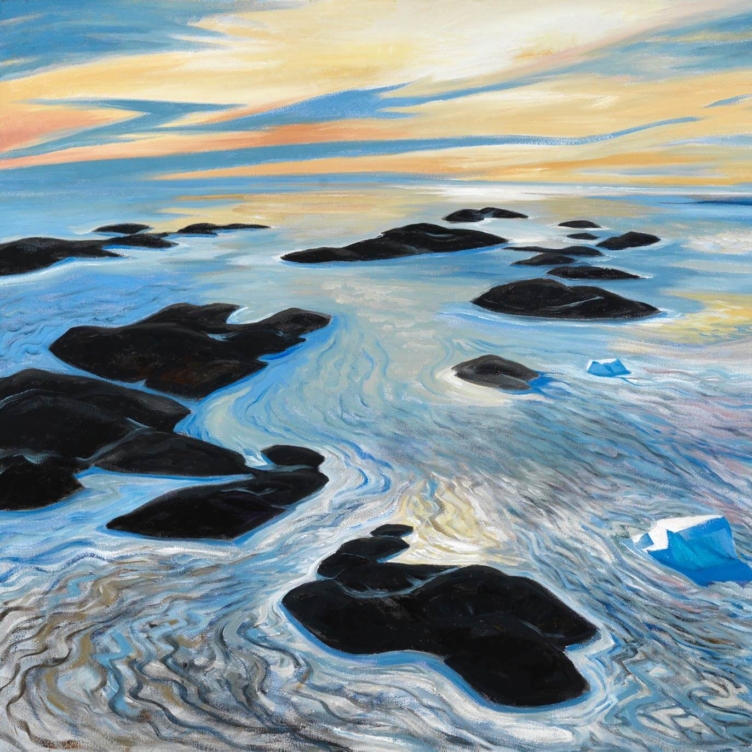 Looking Up on the World
Looking Up on the World
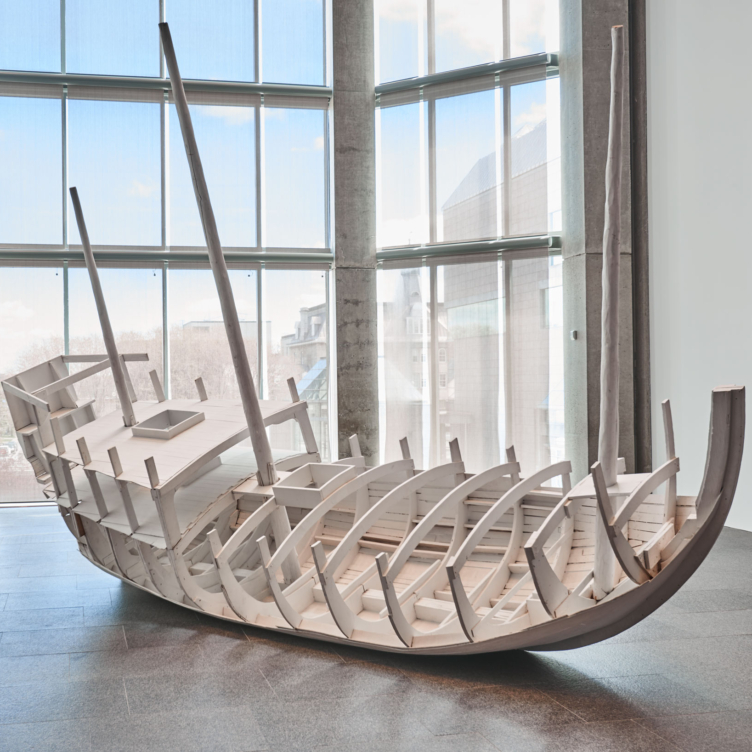 Vessel of Despair
Vessel of Despair
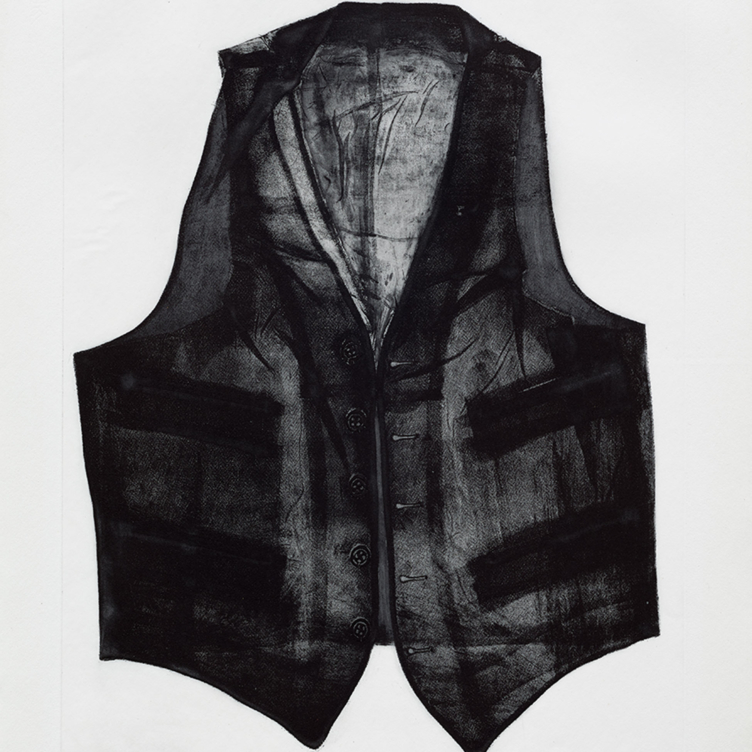 Layers of Meaning
Layers of Meaning
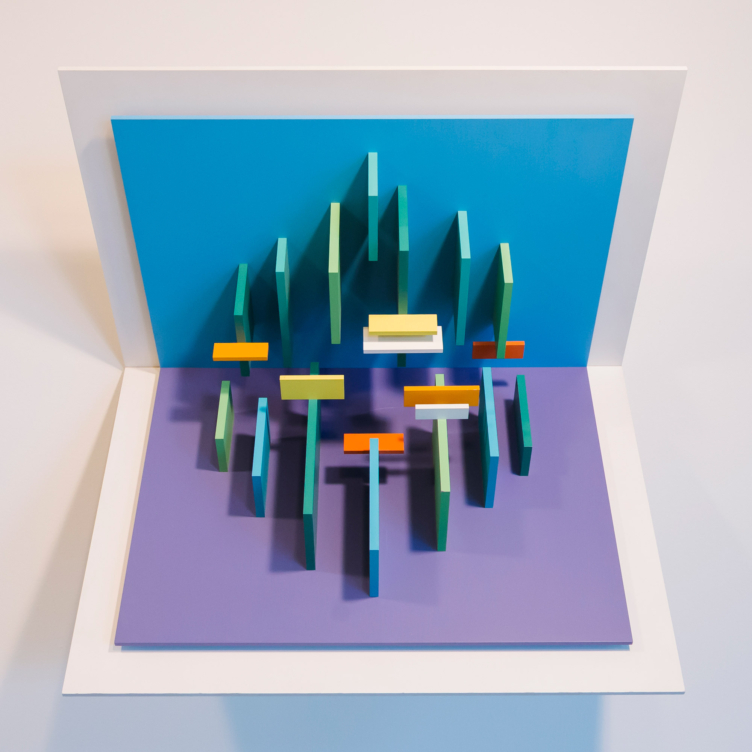 In Parallel to Nature
In Parallel to Nature
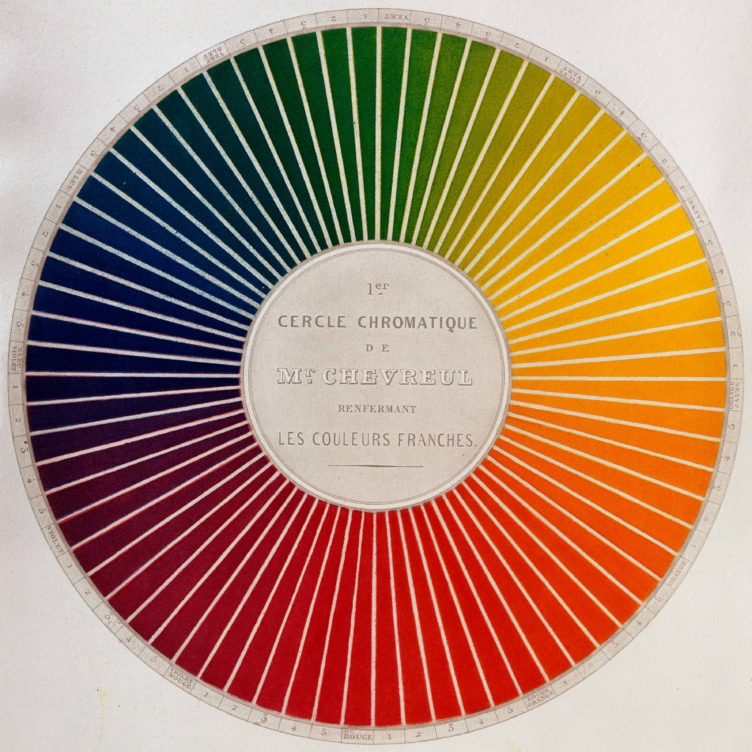 Wheel of Fortune
Wheel of Fortune
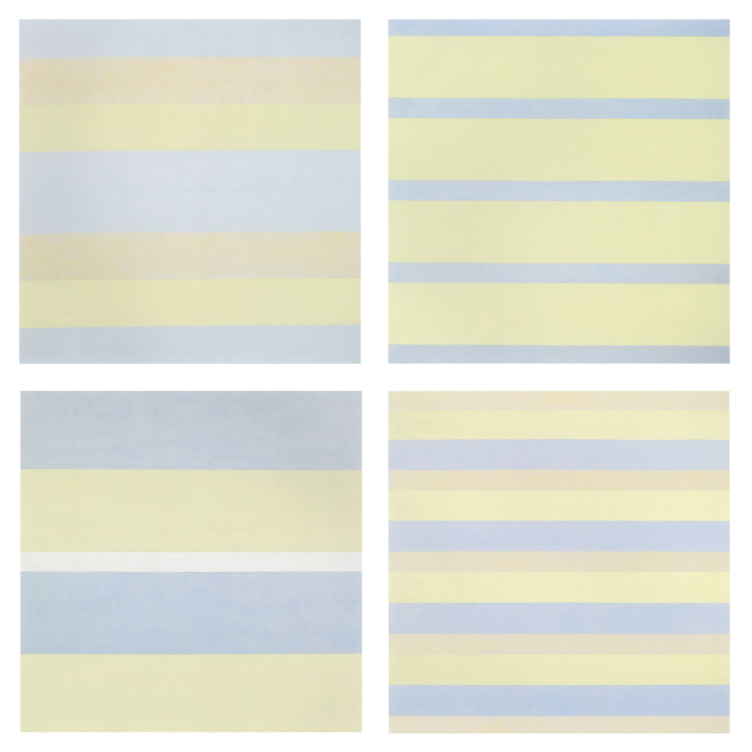 Paintings after emotional states
Paintings after emotional states
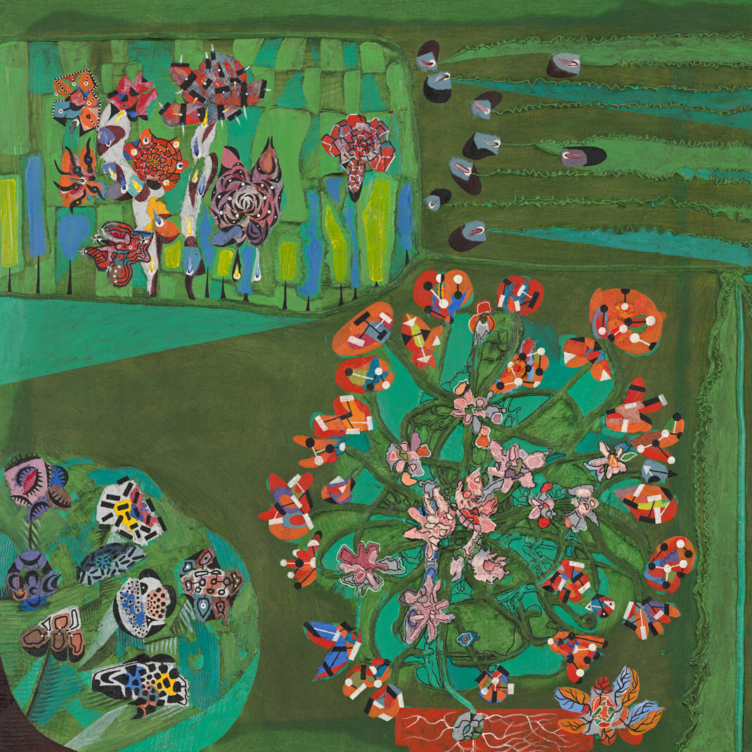 Garden of Delight
Garden of Delight
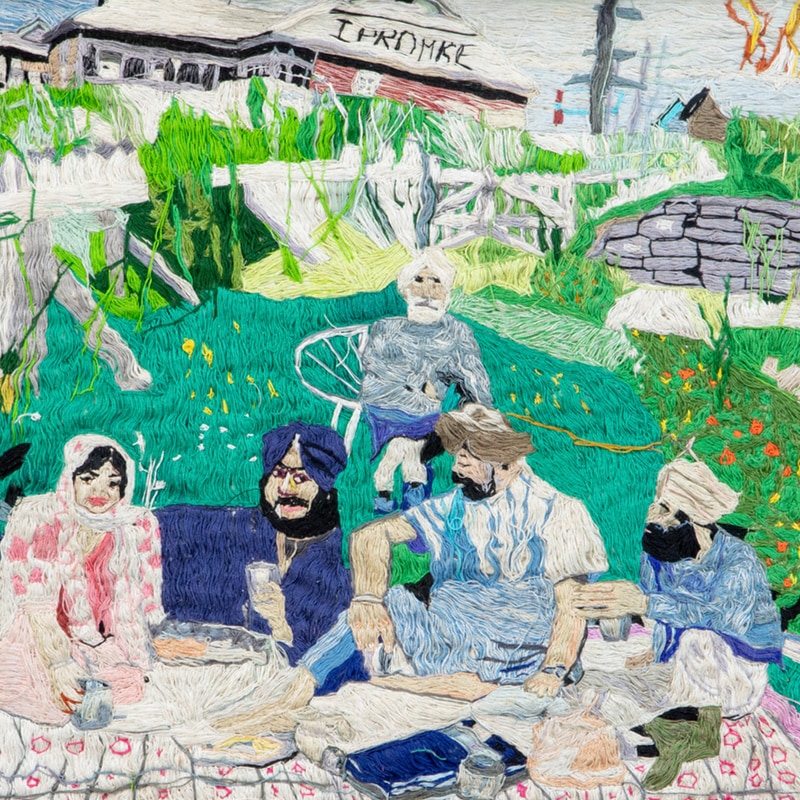 Stitching the Archives
Stitching the Archives
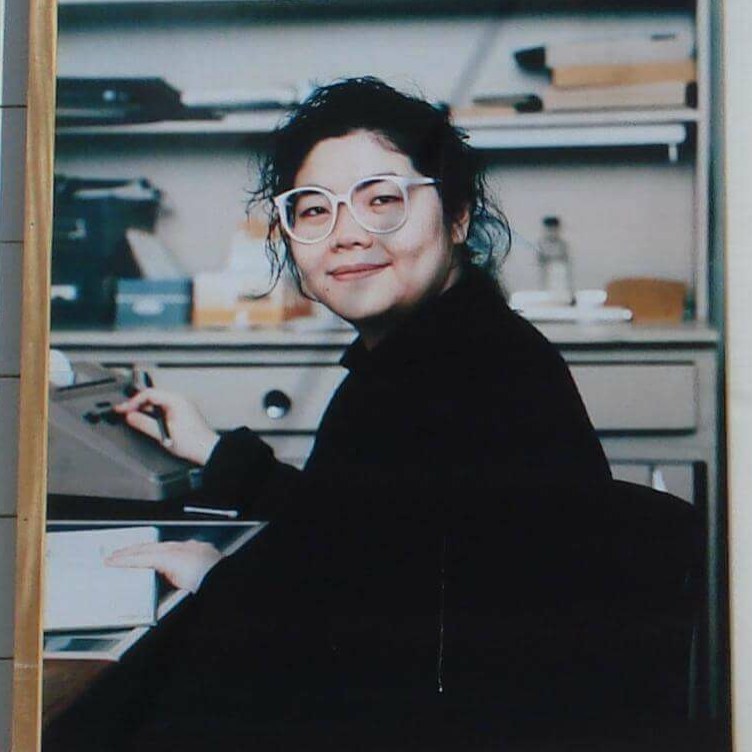 A Working-Class Hero
A Working-Class Hero
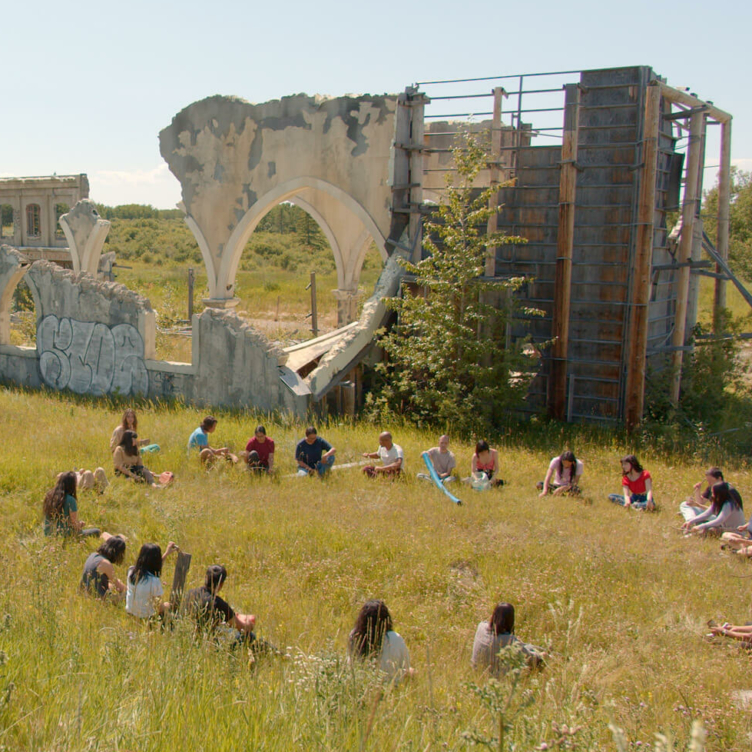 Imagining Entangled Futures
Imagining Entangled Futures
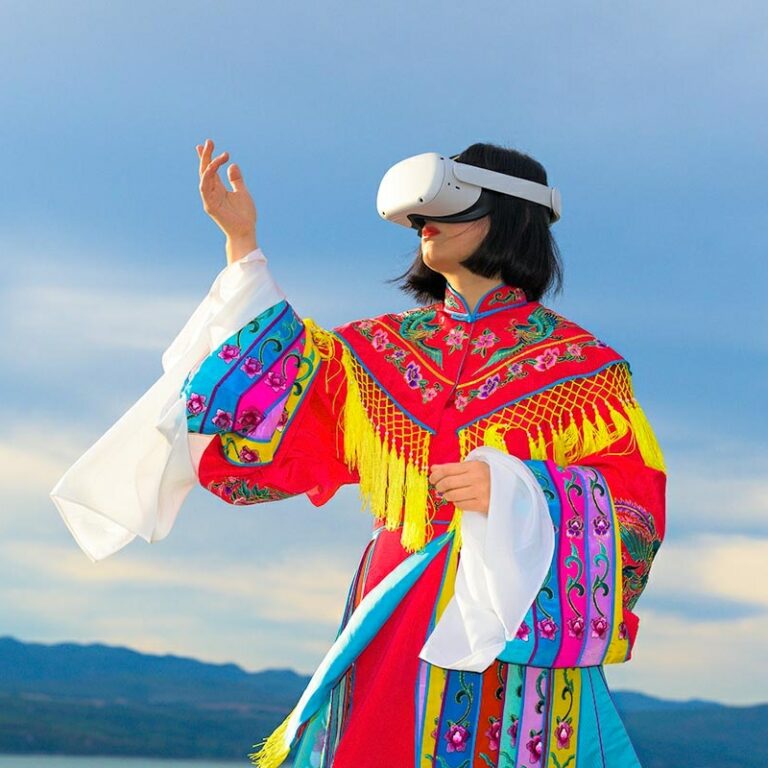 Bridging Far and Near
Bridging Far and Near
 Soft Power
Soft Power
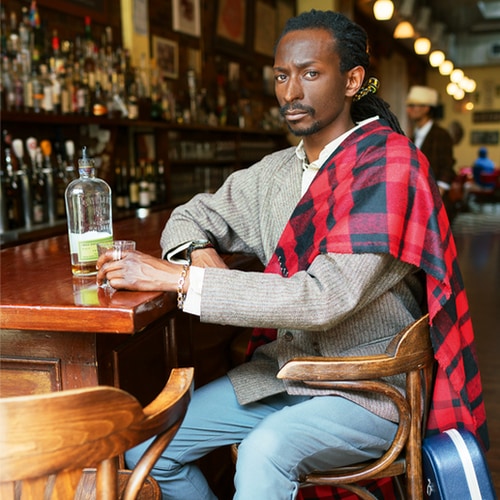 Imagining Emancipation
Imagining Emancipation
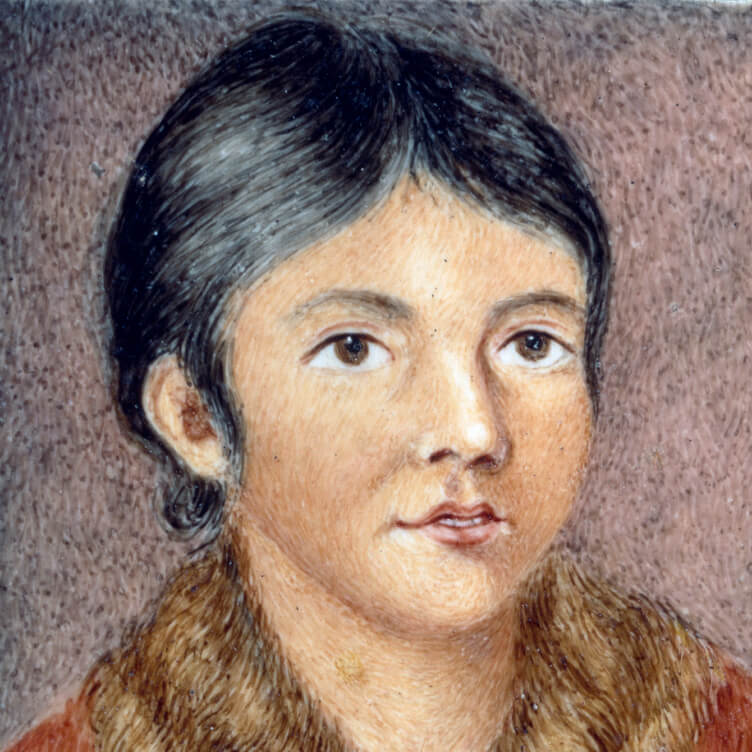 A Priceless Portrait
A Priceless Portrait
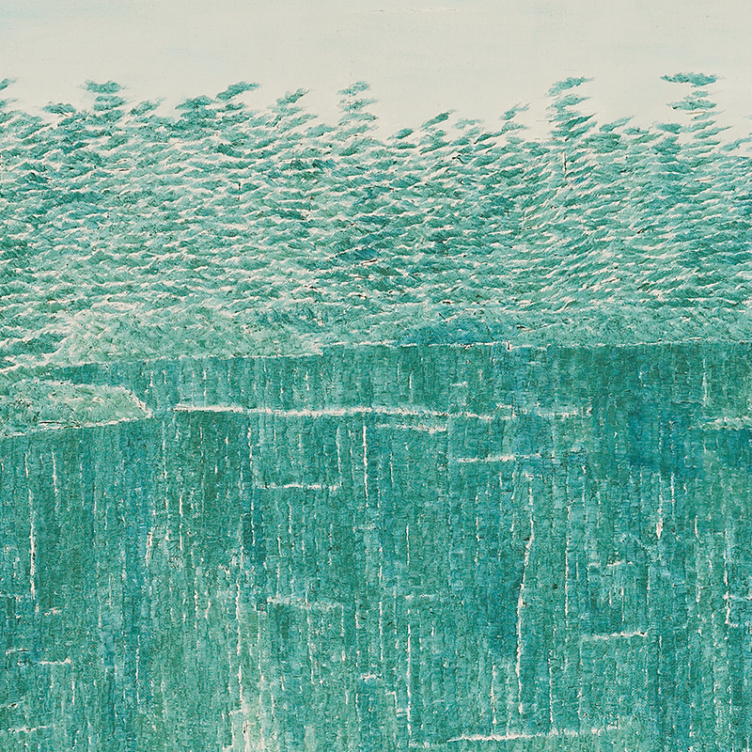 Meditation in Monochrome
Meditation in Monochrome
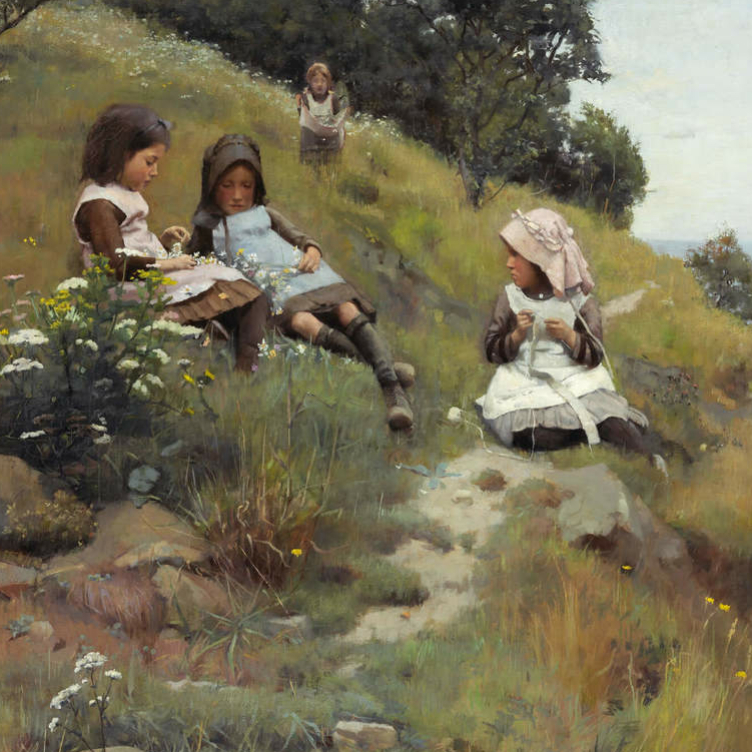 Making His Mark
Making His Mark
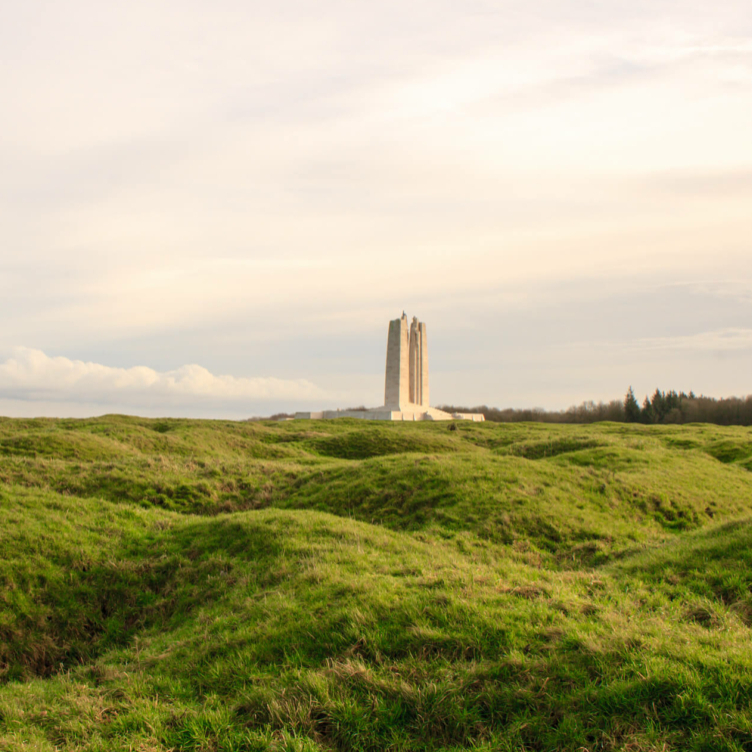 Honour and Sacrifice
Honour and Sacrifice